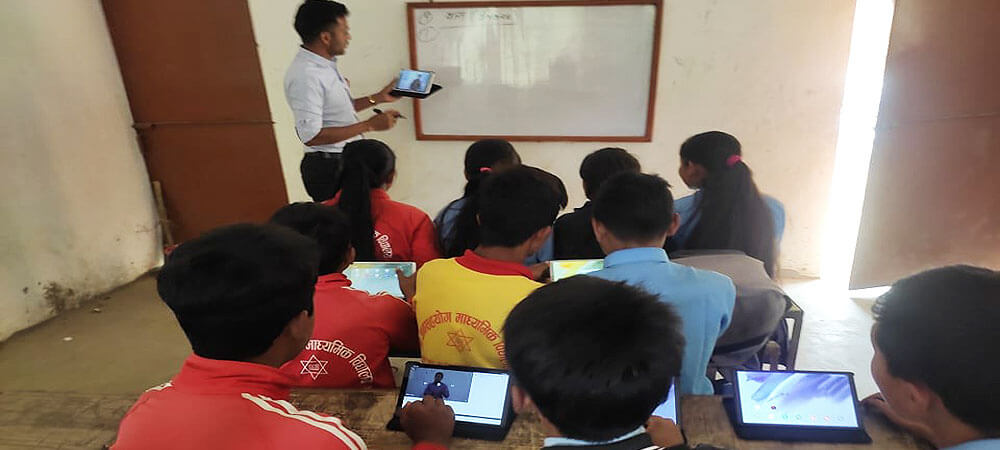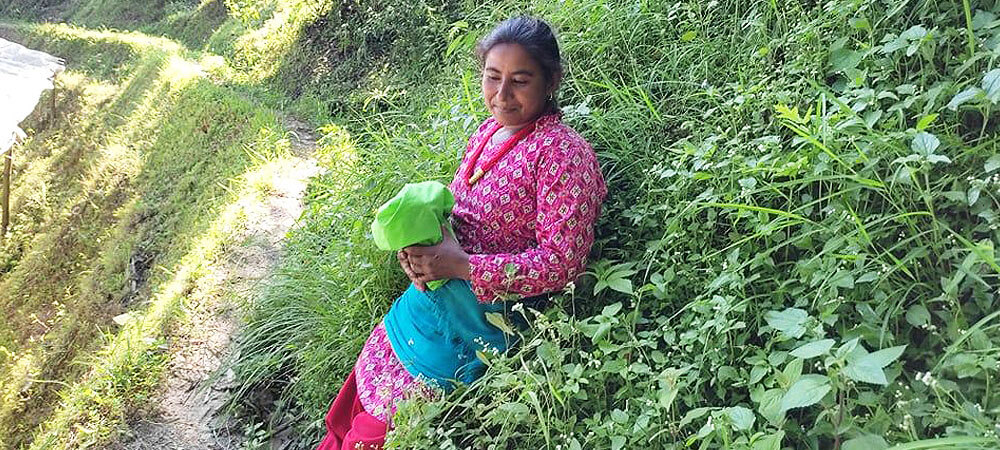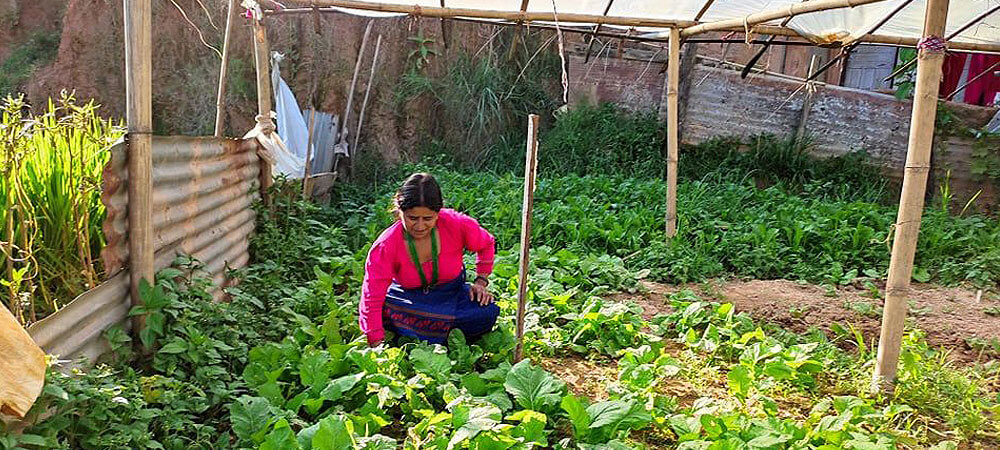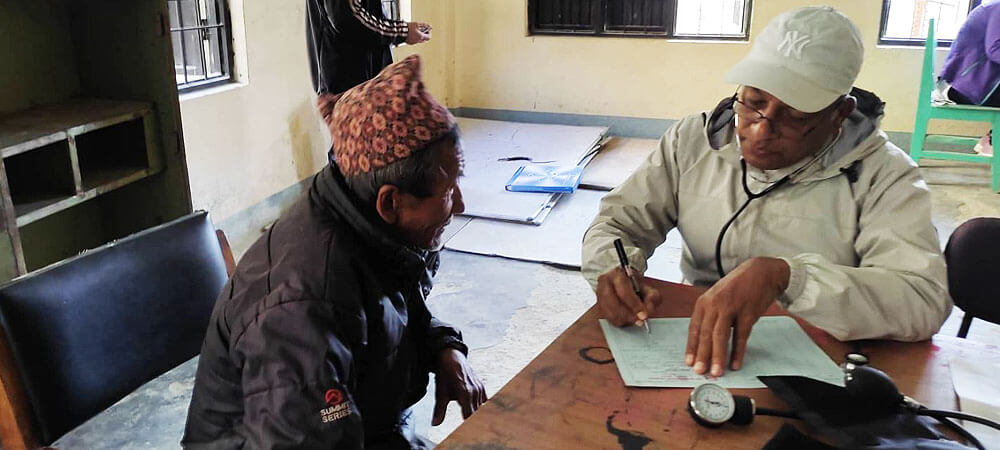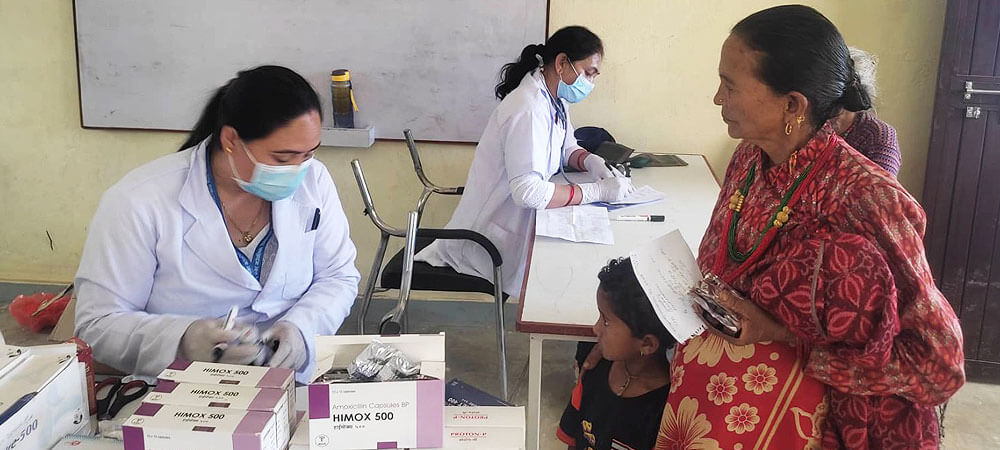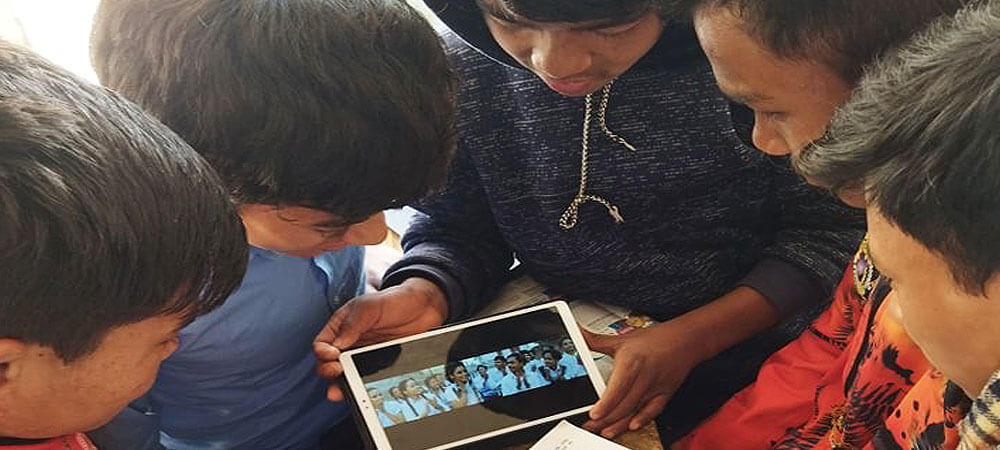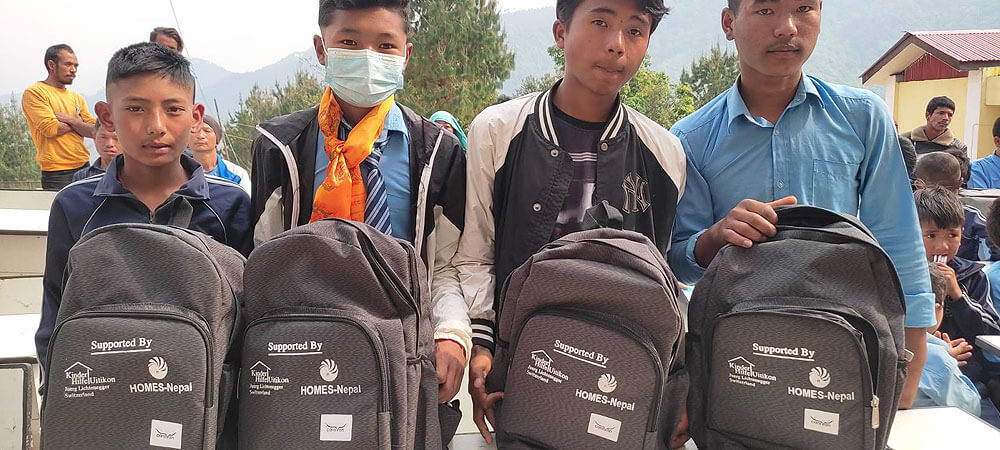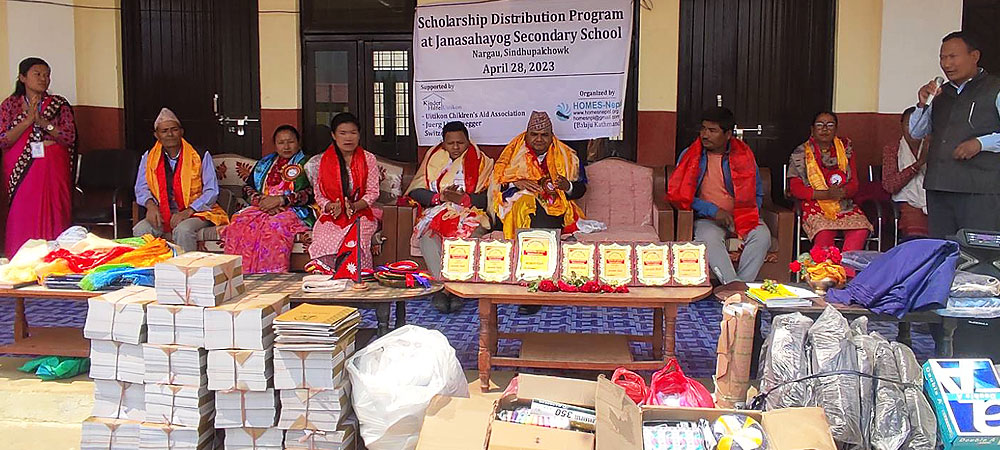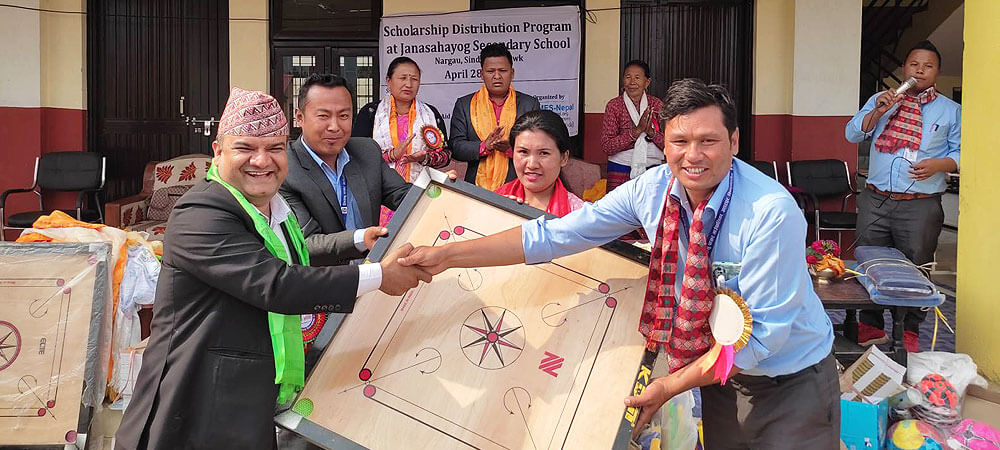ENVIRONMENT
BISHNUMATI RESTORATION – SOLID WASTE REMOVAL
As our CEO points out, many of the great civilizations throughout history were founded on the banks of a river. The Nile in Cairo, the Thames in London, the Bhrmabutra in Bangladesh, the Seine in Paris and countless others all over the world. So it was with Kathmandu, built on the banks of many converging rivers within the glorious Kathmandu Valley.
The Bishnumati is not the biggest – it is number 2 – and a feeder for the number 1, the Bagmati. We plan to clean it up and restore it to its former glory for the good of the people, the environment and the natural wildlife. But if you think we’re finished there you are sorely mistaken. We aim to show the world what best practice in modern river restoration looks like before spreading this work further.
The Program Includes:
Collection of all Solid Waste from 18.4km of the Bishnumati River: Plastics, paper, glasses, metals and more - in the water and on both sides of the banks
Programs of Community Education: Ensuring people understand their roles in hygiene, sanitation, waste disposal and environmental protection
Culturally Appropriate Community Ownership: Geographical Community Clusters empowered as a community police force overseeing areas issuing fines (in line with local laws) and giving rewards
Establishment of a Green Belt: In and around the river for water filtration, producing publicly available foods as well as making areas pleasant for social use
Distribution of Waste Bins to Households and Businesses: Bio-degradable and non-bio-degradable with regular collection
On-going Waste Collection: Regular litter picking collectors to get those little bits that don’t end up in the bins.
Recycling for Community Products: Working with community groups and using what’s removed to make beds, pipes and more
Recycling for Community Arts: Working with community artists to make recycled art for all to enjoy
Take Note !
Our program reinvests over 48% of the total budget and 88% of the staff budget in different community groups and roles. For more on how this program came about please see Our History.
Our Record
We’ve already completed a number of; cleaning activities, established clusters, distributed bins and educated people – there’s a long way to go but we are well on our way. For more info see our case studies…
BISHNUMATI RESTORATION – WATER TREATMENT
As part of our primary research program we are soon to undertake a Comprehensive Survey of the area around the river. Before designing a solution to improve the state of the water flowing in the Bishnumati we need to fully understand the surrounding environment (sadly this information is not available otherwise). This includes knowing; how many households supporting how many people, quantity and nature of industrial waste, types of land, projected growth areas as well as other demographic factors.
Once this is fully understood we will employ a modern solution which is sustainable through maintenance by local staff. Our goal is to make the Bishnumati fit not only for social use (such as swimming and rafting) but also to make it DRINKABLE in line with the needs of many local people who do not have a suitable safe water supply. Challenging but realistic!
Our Program Will Include:
Water Treatment Plants: In strategic locations around the Bishnumati and its tributaries
On-going Maintenance: Of all treatment plants to see that they do not fall into disrepair as has been the case with past government run water treatment in the Kathmandu Valley
Water Sampling: Regular programs to test the standard of water and ensure that it is at acceptable levels
Green-belt: Expanding on the earlier green-belt established we will develop sustainable water treatment, public foods, improved aesthetics, bio-gas generation, compost, educational areas and more!!!
Take Note !
Kathmandu Municipal City have pledged to HOMES Nepal to donate the land required for the water treatment plants and green-belt which is currently estimated at a value of NRS150m (Nepali Rupees) or $1.7m (US Dollars). Whist they are not able to fund our program in full this striking commitment shows their support for our work.
Our Record
Our skilled team includes a wealth of experience delivering water treatment solutions in both developing and developed countries. We have a number of water treatment solutions in mind depending on what the survey shows. Watch this space…
For a bit of the science here is some additional information from our initial surveys;

